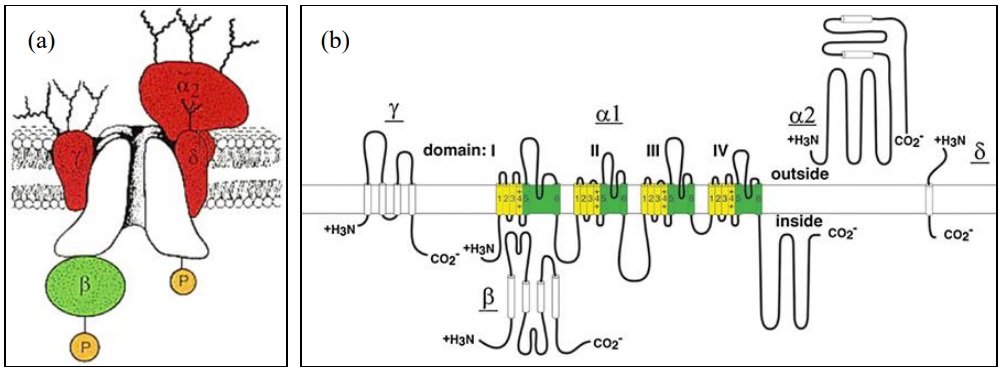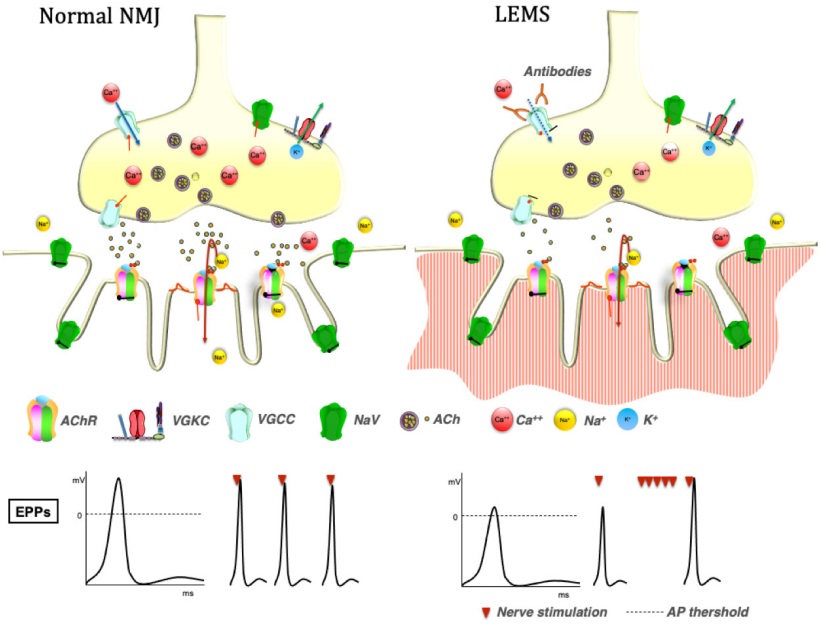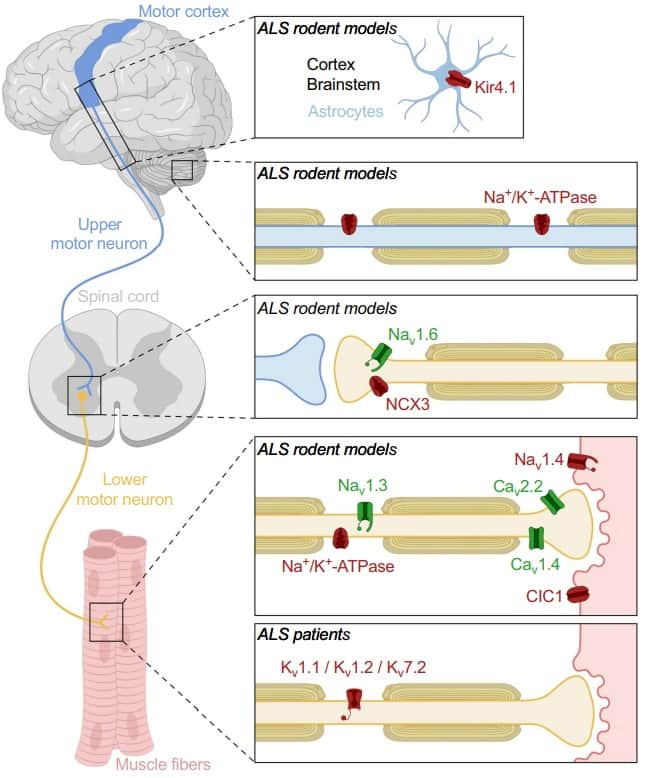NAA Services for Anti-Voltage-Gated Calcium Channels (VGCC)
Anti-voltage-gated calcium channels (VGCC) autoantibodies may be associated with Lambert-Eaton muscular weakness syndrome (LEMS) as well as amyotrophic lateral sclerosis (ALS). Patients with anti-VGCC natural autoantibodies (NAA) may be at risk of irreversible neurologic injury over time. In recent years, Creative Biolabs has accumulated abundant experience in the successful completion of many NAA-related projects. We provide services for the VGCCs biomarker with the best quality and the most competitive price.
Background of Voltage-gated Calcium Channels (VGCC)
VGCCs play decisive roles in cardiac and skeletal muscle contractions, neurotransmitter and hormone release, as well as slower processes such as cell proliferation, differentiation, migration, and death. Mutations in VGCCs lead to numerous cardiac, muscle and neurological diseases. VGCC of P/Q-type (VGCC-P/Q) and N-type (VGCC-N) are targets of IgG-mediated motor nerve terminal autoimmunity in LEMS. Neuronal VGCC antibody-seropositive patients have diverse neurological presentations and cancer types.
 Fig.1 The topological structure of VGCC.1
Fig.1 The topological structure of VGCC.1
The Role of Anti-VGCC Antibody in Lambert-Eaton Muscular Weakness Syndrome (LEMS)
LEMS is a rare autoimmune neuromuscular junction disorder that is related to the loss of functional VGCC-P/Q on presynaptic nerve terminals. LEMS is a clinically important early indicator of possible cancer, most commonly in association with small cell lung cancer, therefore, accurate LEMS diagnosis should immediately prompt rigorous oncological screening and surveillance. LEMS diagnosis is supported by a threefold approach: clinical features, electromyography, and anti-VGCC antibody serology test. Autoantibodies associated with LEMS are directed against VGCC. Anti-VGGC antibodies play a direct pathological role in LEMS by blocking VGCC and calcium entry during depolarization.
 Fig.2 Pathophysiology of LEMS.2
Fig.2 Pathophysiology of LEMS.2
The Role of Anti-VGCC Antibody in Amyotrophic Lateral Sclerosis (ALS)
 Fig.3 Alteration of ion channels along the motor pathway in ALS rodent models and patients.3
Fig.3 Alteration of ion channels along the motor pathway in ALS rodent models and patients.3
ALS is a catastrophic human neurodegenerative syndrome that compromises upper and lower motoneuron function, leading to progressive paralysis and death. In patients with sporadic ALS, motoneuron death is hypothesized to result either from activation of ligand-gated ion channels and excitotoxicity or from autoimmunity and antibody interaction with VGCCs. ALS and immune-mediated motoneuron disease both share skeletal muscle L-type VGCC alterations. Patients with ALS possess anti-VGCC antibodies and inhibit L-type calcium current.
What We Can Do About NAA?
Equipped with our well-established platforms and experienced scientists, we can provide comprehensive NAA services, from NAA detection, NAA profiling, to NAA epitope mapping. A wide spectrum of NAA products is available for your choice.
Features of Our Anti-VGCC Services Including but Not Limited to
- Fast turnaround time and competitive pricing
- Personalized services to meet every specific demand
- Comprehensive platform with high accuracy and high specificity
- Cost-effective to ensure your program budget
It is well-known that patients presenting with cerebellar signs and symptoms should be tested for VGCC autoantibodies as part of a comprehensive evaluation for neuronal antibodies. As a long-term expert in autoantibody field, Creative Biolabs owns lots of scientists who are proficient in disease diagnosis and NAA development. At present, our professional scientists are pleased to provide the custom services against VGCCs biomarkers of LEMS and ALS. If you are interested in our services, please contact us for more details.
References
- Pringos, Emilie, et al. "Peptide neurotoxins that affect voltage-gated calcium channels: a close-up on ω-agatoxins." Toxins 3.1 (2011): 17-42.
- Giannoccaro, Maria Pia, Patrizia Avoni, and Rocco Liguori. "Presynaptic paraneoplastic disorders of the neuromuscular junction: an update." Brain Sciences 11.8 (2021): 1035.
- Stringer, Robin N., and Norbert Weiss. "Pathophysiology of ion channels in amyotrophic lateral sclerosis." Molecular Brain 16.1 (2023): 82.

